|
Blog post written by Aubry Fonseca, Purdue Dietetic Intern Infant feeding can be confusing for any caregiver. When do I feed my baby? When should I introduce solid foods? What if my baby won’t drink breast milk? These are all common questions when it comes to caring for an infant. This post will break down the basics of infant feeding, as well as provide resources for infant feeding support. Image from wicbreastfeeding.fns.usda.gov/breastfeeding-basics Breastfeeding When prompted with the idea of feeding a baby, most people probably picture feeding the baby with a bottle, not breastfeeding. However, breastfeeding is the natural way to feed an infant. Breastfeeding can provide many health benefits for both mother and baby. These include:
Ideally, breastfeeding should be done approximately every 2-4 hours a day, exclusively for the first 6 months of life. From 6 months to 1 year, breastfeeding should be combined with complementary foods. However, breastfeeding can be continued as long as mutually desired by both mother and baby. Breastfeeding can be beneficial even if done for a short amount of time. Breastfeeding is not only good for the mother and the baby, but is also an economically friendly option. Breastfeeding doesn’t require the purchase of cans of formula or water jugs. Not having to throw away or recycle those extra cans and jugs means breastfeeding is also environmentally friendly. Breastfeeding can also lower the risk of your infant getting sick, and you know what your baby is getting because it's coming directly from the mother. (Psst, it’s also designed specifically for the baby!) The first milk that is made by the mother during pregnancy and just after birth is called colostrum. It is a deep yellow color and has many essential nutrients to help the newborn’s digestive system function. Mature breast milk contains just the right combination of water, sugar, fat, and protein to meet the infant’s needs as he or she continues to grow. Breastfeeding is also efficient, as it eliminates the time needed to prepare (and wash!) a bottle. One question that many breastfeeding parents have is whether or not their baby is getting enough breastmilk. You will know if the baby is getting enough milk if:
While infants do have reflexes and instincts for breastfeeding, there may be some obstacles along the way. It is important to have breastfeeding support from community resources, family, and friends. If you are struggling with breastfeeding, there are infant feeding classes, peer support groups, and appointments with lactation specialists offered through WIC, community centers, and even through hospitals. Some WIC facilities also have drop-in classes for those who are not receiving WIC benefits (check your local WIC for breastfeeding support). Know that you have a choice to breastfeed if you are able and interested! Image from www.evenflofeeding.com/education/feeding-101/how-to-have-a-calm-gulp-free-feeding Infant Formulas Unforeseen circumstances may lead to a mother not being able to breastfeed, and some caregivers choose to use infant formula rather than breastfeed for a variety of reasons. Infant formulas are supplemented milk products that are specially designed to meet the nutritional needs of babies. Infants can sometimes have intolerances to certain ingredients in milk and/or formula products, so it is important to consult your pediatrician to know which formula would be right for your infant. It is essential to follow the exact mixing instructions on the formula container. It has been designed to meet your infant’s exact needs through many hours of research. Incorrect formula mixing could lead to your infant not getting enough calories or nutrients! Note: many families are still having a hard time finding, accessing, and/or paying for infant formula due to supply shortages. Click here for information that can help ease some of these worries. Image from www.isdi.org/specialised-nutrition/complementary-food/ Complementary Feeding The American Academy of Pediatrics recommends introducing solid foods at around 6 months of age, combined with breastfeeding or formula. This is the age that the infant’s nutritional and energy needs expand to more than what breastfeeding or formula can provide exclusively. It is also the time when they are typically developmentally ready for solids. These foods can include mashed fruits, vegetables, beans, etc. This is also about the time that infants can hold a cup, so breast milk (after pumping) or formula can be provided through a sippy cup. Baby-Led Weaning Every baby is different, so it will depend on your baby to determine when to wean them off of the breast or bottle. It is important to be able to tell the difference between baby-led weaning and nursing strikes. A nursing strike is when a baby does not want to nurse because of a change in milk. This can be due to medications or hormone changes that may change the flavor of the milk. To determine if it is a nursing strike or a desire to wean, see how long it lasts. If it lasts multiple days, then it is more than likely a desire to wean. If you are concerned about a nursing strike, you should consult your lactation specialist or physician. A baby may want to wean once they start becoming more active and independent as they get older. Resources If you or someone you know needs support for breastfeeding or infant feeding, check out the resources below:
Sources
0 Comments
Blog post written by Kara Rice, Summer Nutrition Intern Hello! My name is Kara Rice and I am Gleaners’ 2022 Summer Nutrition Intern. Over the past few months, I have worked with Gleaners' Nutrition Manager to create and facilitate nutrition education lessons for kids through the Summer Nutrition Club (SNC) program. SNC was created back in 2018 to coincide with Gleaners’ summer feeding program in Marion County. With the addition of SNC, we were able to not only provide nutritious food but also offer nutrition education to youth within the area. SNC provides interactive lessons to promote youth learning more about how the food they eat can promote a healthy lifestyle. Sarah Wilson, RDN, Nutrition Manager (left) and Kara Rice, Summer Nutrition Intern (right) prepare snacks for an SNC lesson This summer, through generous funding from the Summer Youth Program Fund (SYPF), we were able to provide five program sites with the option of in-person or virtual SNC lessons. We had worked with four sites in-person and one site virtually, serving a total of 118 youth participants. I enjoyed getting the opportunity to teach so many children about what is in the food they eat. I saw the difference that providing hands-on activities in each lesson made in how much information the children were able to learn. It was amazing to see the children grow in their knowledge over the course of the three-lesson program. This opportunity provided me with the best insight into the world of nutrition education and I am grateful for all the knowledge I have gained. With this experience, I feel that I am better prepared for my future of becoming a Registered Dietitian (RD). In past years, SNC lessons focused on the five food groups of MyPlate, making healthy choices, and general health and wellness. This year, I added a twist by creating a theme of "The Mystery of Mealtime". I incorporated clue-finding activities into each lesson and encouraged the children to be Nutrition Detectives to solve the mystery! Each lesson included hands-on activities to encourage learning about food groups using all five senses. The detective theme was incorporated into every lesson while still teaching the main concepts of nutrition and living a healthy lifestyle. Youth participants at Freewheelin' Community Bikes show off their detective skills We live in a world that moves so fast and keeps us so busy that we sometimes forget to slow down and enjoy the moment. This is an issue I chose to address through SNC by reminding the children to search for the details and take in an experience using all of their senses. I wanted to teach them that slowing down and taking in the present moment can show you more about the world than rushing to the answer. Just like a good detective takes his/her time to collect all the clues to solve a mystery, the youth could take their time to fully experience the food or activity that was right in front of them. My goal was to have participants be able to slow down and take in their surroundings while living in this busy world. This summer, all of this was made possible at Summer Nutrition Club! The recipes, learning concepts, and themes that were covered in this year’s program included:
SNC "Nutrition Detectives" try their Mini Fruit Pizza snacks
SNC participants look for clues about protein and grain foods
SNC "Nutrition Detectives" discover how tasty the Magnifying Glass Pretzel Kabobs are while learning about dairy foods Each child that participated in SNC got to take home a reusable shopping bag filled with items to help them continue their “detective work” at home. Items in the bags included a kid-safe knife, cutting board, measuring cup set, and more! The last activity of SNC was a Family Cooking Night that was held at two of the in-person sites. This event featured a snack recipe for Honey Mustard Snack Mix. This recipe is an easy way to make homemade snacks with and for kids. I demonstrated how to mix all of the ingredients and explained how to prepare the snack mix in either the oven or a slow cooker. Samples of the recipe were offered to families that attended the event at both program sites - Freewheelin’ Community Bikes and Westminster Neighborhood Services. At the end of the cooking demonstration, we raffled off two kitchen essential bags that included a rice cooker along with kitchen tools. Kara stands ready with Honey Mustard Snack Mix samples at Westminster's Summer Family Night event This summer I learned so much through the children and lessons that were a part of Summer Nutrition Club! I now feel that I have a more rounded education in the world of nutrition than any nutrition course could offer. I would like to thank everyone on the Gleaners’ team and all of the amazing community partners I was able to work with. I hope that I was able to make a change in the health and wellness of the community!
Gleaners’ 2020, 2021, and 2022 SNC lesson content is available year-round on the Summer Nutrition Club page for anyone interested! Blog post written by Joshua Edwards, IUPUI Dietetic Intern Image from www.kidspot.com.au/kitchen/galleries/16-breakfast-ideas-kids-love/ey55dbfv School is a very important part of children’s lives. Children usually spend 13 years on education in the typical K-12 school. We know that parents and caregivers want their children to put their best foot forward and get as much out of this time as possible. To do this, every child should start their day with a delicious and healthy breakfast meal. Research has shown that children have better academic success when they eat breakfast before school than when they do not. We do not want to send our children to school when they are too hungry to learn. If breakfast at the home is not an option, try enrolling your student in the breakfast program at your school. Many schools participate in a program to provide free or reduced price breakfast and lunches for eligible families. This post will discuss the benefits of eating breakfast, including improved concentration, better test scores, increased energy, and better attendance. It will also provide tips for quick breakfast meals and recipes. Improving Concentration Students who do not eat breakfast in the morning may have difficulty concentrating. They tend to be more distracted by their peers, and have a harder time retaining information than students who eat breakfast. A healthy breakfast provides nutrients that the brain needs to function properly. It also helps children focus on learning and engaging at school rather than on their rumbling stomach. Image from allroundclub.com/blog/critical-thinking/ Better Test Scores A research study published in the Journal of Economics showed that students who ate breakfast scored an average of 25% better on tests in math, reading, and science than students who did not eat breakfast. Researchers concluded that this was due to the students receiving the proper nutrition for brain function and thinking. Increased Energy During sleep, our blood sugar drops because our body works to remove sugar from the bloodstream and we go many hours without eating. When we do not eat breakfast, our blood sugar continues to stay low and can even fall lower. Low blood sugar can make us feel tired, sluggish, or in a fog. All of these traits are not ideal for someone trying to learn. By eating a healthy, nutrient-rich breakfast, a student's blood sugar will rise to a healthy level. This helps them feel energized and focused. However, this does not mean that high-sugar breakfasts are better. It is important to eat a variety of food groups to get all the nutrients that growing minds need. Image from www.webmd.com/parenting/features/how-play-time-outside-helps-kids Improved Attendance Students who do not eat breakfast tend to also have weaker immune systems. This means they are more susceptible to illness and missing school days. Students who skip breakfast are also more likely to skip class to go to the nurse for a headache or stomachache due to hunger. Overall, eating breakfast has so many benefits to students. It is very important that children are able to receive proper nutrition in the morning - either from their home or from the school - so they can have the most productive day possible. Quick Breakfast Tips Making breakfast in advance is the number 1 tip for making a quick breakfast. By preparing food the night before and only needing to reheat it in the morning, you can save tons of time and energy in the morning. Some examples of easy breakfast meals that can be stored and reheated later are:
Other ideas for easy and budget-friendly breakfasts:
Visit our Recipes page for more healthy recipe ideas for every meal! Image from www.andianne.com/6-overnight-oat-recipes-you-should-know-for-easy-breakfasts/ Sources
Hello! My name is Emily Korte and I am Gleaners’ 2021 Summer Nutrition Intern. Over the past few months, I have worked with Sarah Wilson, RDN to create and facilitate kids' nutrition education lessons for our Summer Nutrition Club (SNC) program. SNC was created in 2018 as a supplement to Gleaners' summer feeding program in Marion County. In addition to providing nutritious food to local families, we wanted to offer an interactive nutrition education opportunity to get youth excited about the impact food can have on their health and wellbeing. COVID-19 has continued to impact every aspect of Gleaners’ operations and SNC was no exception. To ensure the safety of our community, virtual and in-person lessons were offered to our partners. We were very fortunate that three sites welcomed us back in-person (while wearing masks and being socially distanced of course), and a fourth virtually. It was wonderful to once again hear all the giggles, watch faces fill with joy, and share a passion for learning in-person together. I am very grateful for this amazing experience and am looking forward to becoming a Registered Dietitian in the future! Emily Korte, Summer Nutrition Intern, with Rainforest Energy Bites. In the past, the SNC lessons focused on the five food groups of MyPlate, making healthy choices, and general health and wellness. This year’s lessons followed the same model while also incorporating new themes to encourage exploration. All of the recipes required no baking, contained simple ingredients, and featured kid-friendly cooking concepts to allow for their participation. These themes were brought to life through fun and engaging activities in each of the three weekly lessons. In a world where we are so often told "no", we were able to tell the children "YES". Yes, you can try a new food! Yes, you make your own snack! Yes, you can sometimes have sweet treats! I wanted the children to be open to learning about new cultures, new ideas, and new foods. I wanted them to be able to experience Asia, the Amazon rainforest, and space, all without even leaving Indianapolis. My goal was for participants to gain independence, confidence, and knowledge about how they can positively impact their health. This summer, all of this and more was accomplished at Summer Nutrition Club! The recipes, learning concepts, and themes that were covered in this year's program included: 1. MyPlate Around the World - Introduced foods found across Asia and where they fit in MyPlate, featured a highlight on how to use chopsticks, and made Cucumber "Sushi" Roll-Ups SNC "Nutrition Explorers" try eating their Cucumber Roll-Ups with chopsticks 2. It’s a Jungle Out There! - Introduced different sources of protein foods and whole grains, explored animals and the layers of the Amazon rainforest, and tried Rainforest Energy Bites SNC participants roll their Rainforest Energy Bites into fun (and tasty) shapes 3. Discover Dairy - Introduced dairy foods and how scientists modify food so it can be eaten in space, featured an activity to promote physical activity, and made Astronaut Pudding The SNC "Nutrition Explorers" thought the Astronaut Pudding was out of this world! Each child that participated in SNC got to take home a reusable shopping bag filled with tools to help them continue being a "nutrition explorer". Items in the bag included a spatula, vegetable peeler, cutting board, colander, reusable storage bag, MyPlate, and more! The summer came to a close with a Family Cooking Night. Westminster Neighborhood Services welcomed us back to demonstrate how to prepare a meal that the whole family could enjoy. The featured recipes were Veggie Quesadillas and Chunky Mango Pico. This meal supplies a serving of all five food groups and is quick, easy, and affordable to prepare. I demonstrated how to cut all fruits and vegetables including mango, zucchini, pepper, onion, jalapeno, and cucumber. I also provided general cooking tips. Westminster provided ingredients to each family in attendance so they could make the recipes at home. Gleaners supplemented these items with fresh produce and kitchen utensils for each household, as well as a few raffle prizes to give away! Emily prepares samples for Family Cooking Night The summer of 2021 certainly brought a unique set of challenges. However, due to assistance from Gleaners’ staff, my wildest dreams were able to come to life to make Summer Nutrition Club a success. I learned more from the children this summer than any nutrition textbook could teach me. I am forever grateful for this opportunity and hope my small input can make a larger impact on the health and wellbeing of this community! Gleaners’ 2020 and 2021 SNC lesson content is available year-round on the Summer Nutrition Club page for anyone interested - feel free to check it out and share with others! Thank you to all the wonderful community sites who hosted us for Summer Nutrition Club this year!
This blog post was written by Kursten Nisonger, IUPUI Dietetic Intern Have you ever heard of “Eating the Rainbow” when it comes to adding more fruits and vegetables into your diet? This means filling your plate with every color of the rainbow: red, orange, yellow, green, blue and purple. There are benefits to including all of these colors into your diet that can improve your health in the long run! This month is National Fruits and Veggies Month (#NFVM) and we want to get the message out about increasing fruit and veggie consumption! Each color corresponds to a specific health benefit of eating the fruit or vegetable:
Photo from trilliumhealthresources.org As you can see, eating every color of the rainbow is good for your health! Fruits and vegetables also include important vitamins and minerals that your body needs, such as:
Photo from fruitsandveggies.org It is important to eat many different fruits and veggies to help keep our bodies healthy and working properly. Try to eat 1-2 cups of fruits and 1-3 cups of vegetables every day, depending on your age and calorie level. You can also use MyPlate as a guide by filling half of your plate with a rainbow of fruits and veggies.
Sources used:
Hi everyone! My name is Lydia Conner, and I am the Summer Nutrition Intern at Gleaners Food Bank for the second year in a row. This summer was much different from the last two years of Summer Nutrition Club due to COVID-19. To keep everyone safe, Gleaners staff and partnering sites tried out virtual programming for the first time. While it has been a unique summer, this has been a valuable experience for me as I take my next steps toward becoming a dietitian. Lydia Conner, Summer Nutrition Intern, with one of this year's tasty recipes Over the past few months, I have been working with Sarah Wilson, Gleaners’ Nutrition Manager and Registered Dietitian Nutritionist, to navigate lesson content creation. Last summer’s lessons were focused on the five food groups of MyPlate, trying new fruits and vegetables, and interactive group activities. This year’s lessons built upon those concepts to involve children and families in growing fruits and vegetables, choosing healthy options, and preparing balanced meals together. Each of the three lessons featured kid-friendly cooking skills and healthy recipes that used foods from the Gleaners family meal boxes and produce boxes. As a bonus, the kids had the chance to follow along in weekly garden updates of my family’s garden, and I was able to show them how to incorporate some of our fresh produce into the recipes! This child from Westminster Neighborhood Center was excited about participating in Summer Nutrition Club! The recipes for each week were:
The lessons also included basic garden care tips, a Fruit & Vegetable Musical Chairs Game, and a Plant & Animal Protein Activity. Overall, the objectives were to show the children where some of their food can come from and encourage them to choose a variety of foods from each food group. The summer came to a close with two Virtual Family Cooking Classes on Facebook Live: one on how to make zucchini boats and the other on how to make homemade pizza. My family had lots of zucchini coming out of our garden this summer, and it was put to great use for several different zucchini boat recipe variations. For the pizza recipe, I demonstrated how to make an easy homemade pizza dough, topping it with fresh veggies. The tomatoes and green peppers were fresh out of my family’s garden! I also provided tips for parents to include their children in the recipe preparation from preparing zucchini boats, measuring ingredients, topping the zucchini boats, and topping the pizzas. The finished pizza from our second Virtual Family Cooking Class on Facebook Live The recipes and recorded videos from each lesson and virtual family cooking class were posted on the Gleaners NutritionHub website and Facebook page. Links to this content were then emailed to each of the 30 Indianapolis community sites that received food boxes from Gleaners this summer. We were lucky to work with some wonderful site coordinators who went above and beyond to teach the lessons at their camps or send materials home with the family meal boxes! Youth from Westminster Neighborhood Services had a blast with hands-on learning about gardening and cooking this summer! While this summer was challenging to navigate at times, I am very grateful to have had the experience of communicating nutrition information virtually and contributing to the content on the new NutritionHub website. It will continue to be an amazing resource for the families that Gleaners serves, and Summer Nutrition Club material will now be available to anyone interested year-round!
|
AuthorsStaff Registered Dietitians at Gleaners Food Bank of Indiana, along with guest blog posts by dietetic interns Archives
August 2023
Categories
All
|



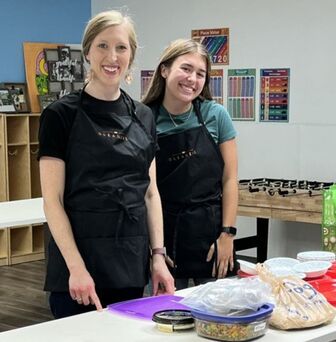
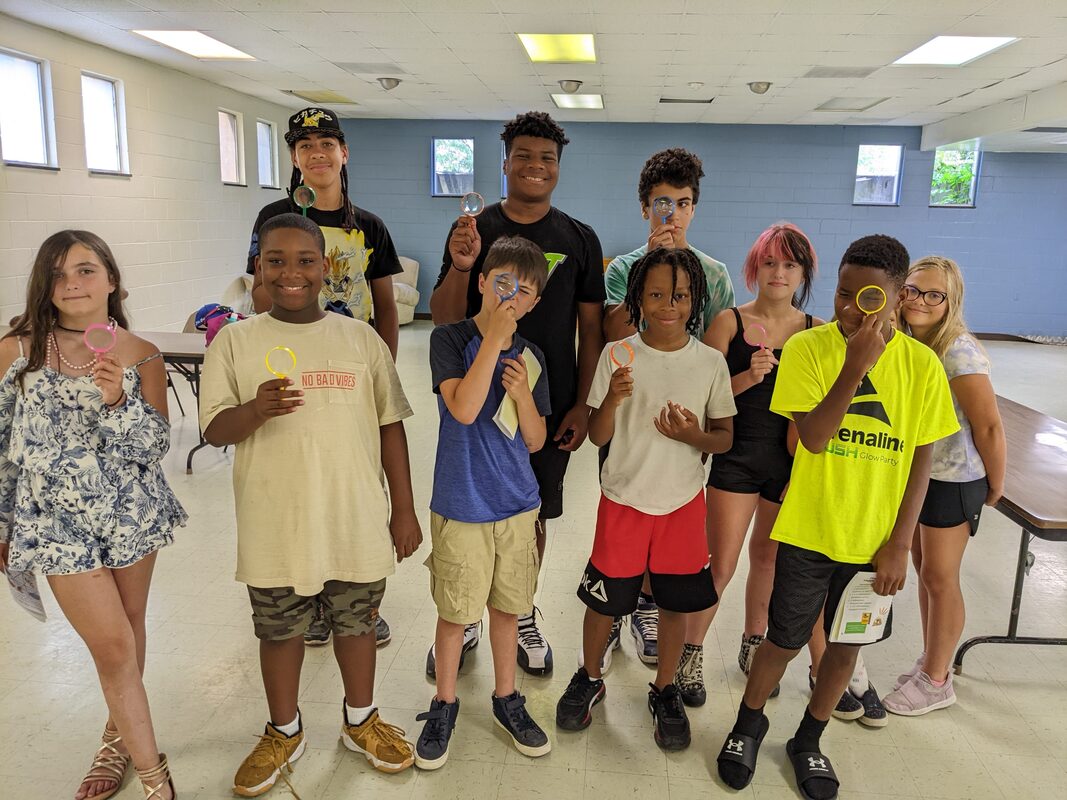
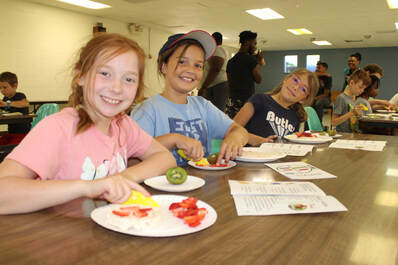
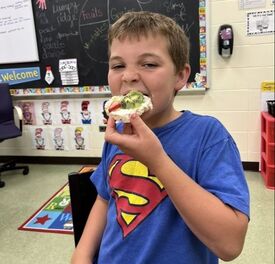
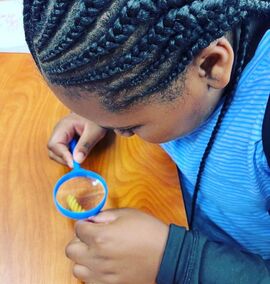
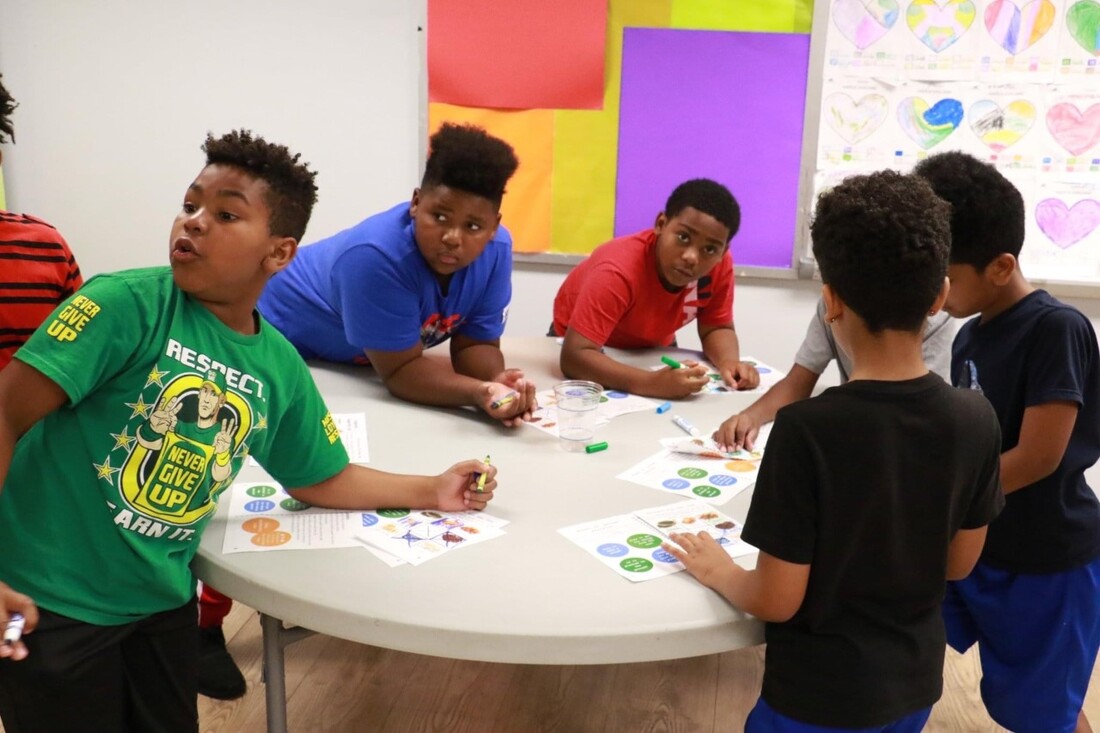
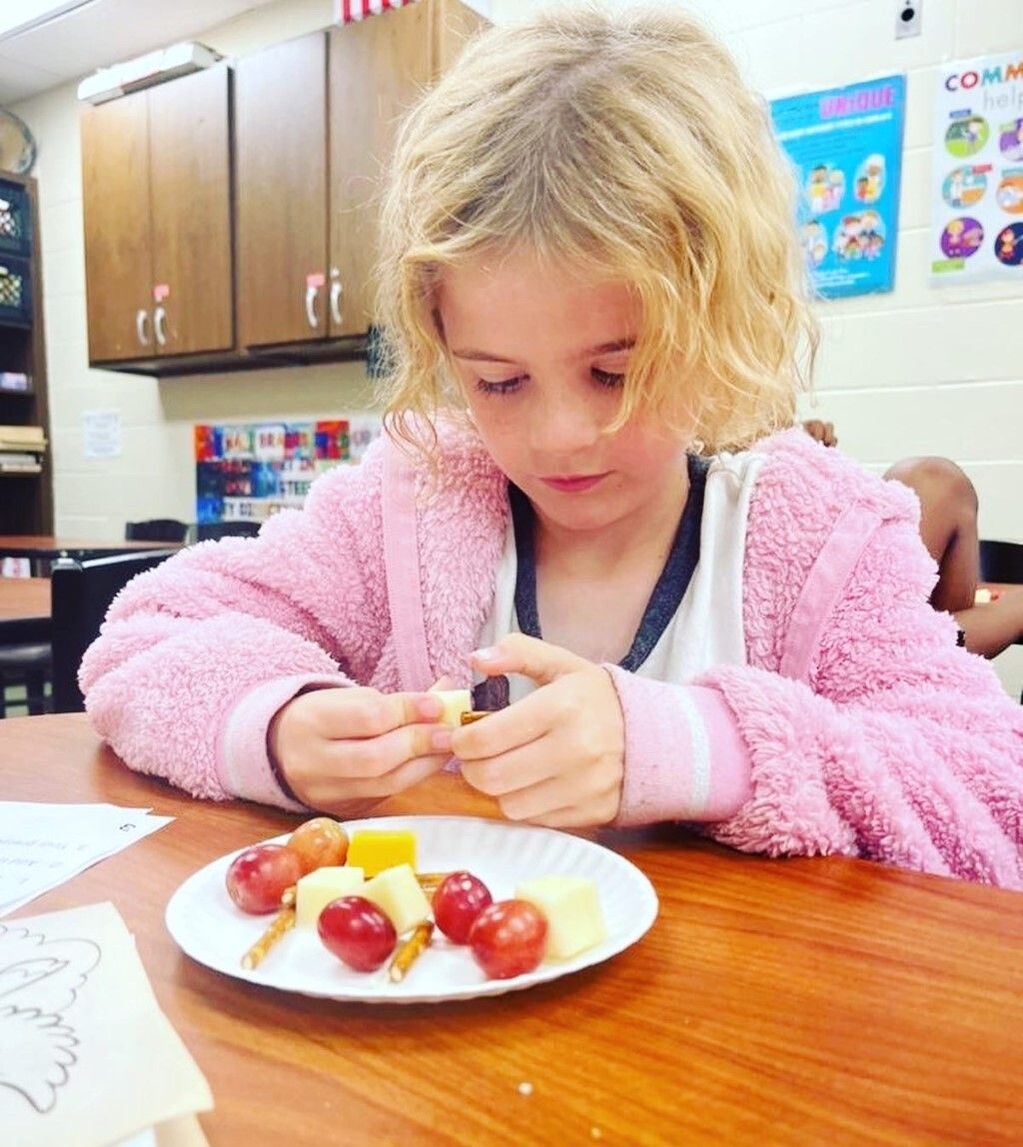
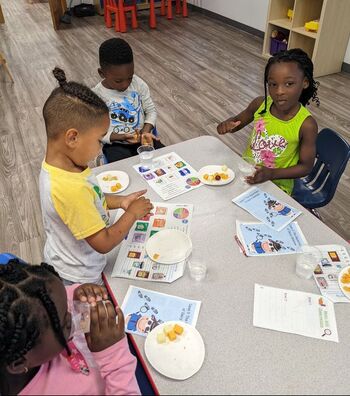
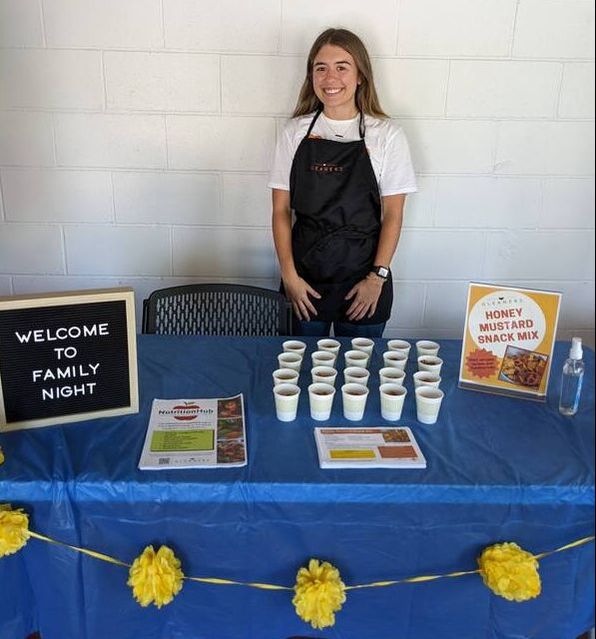
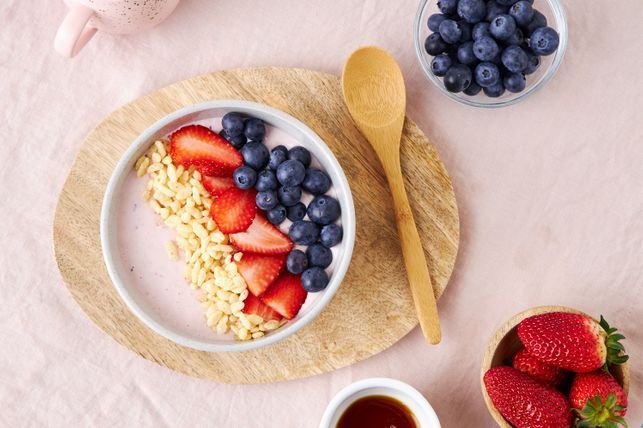

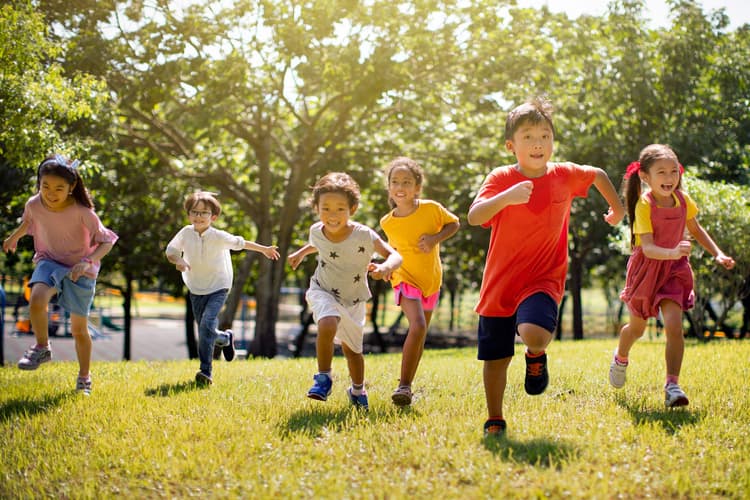
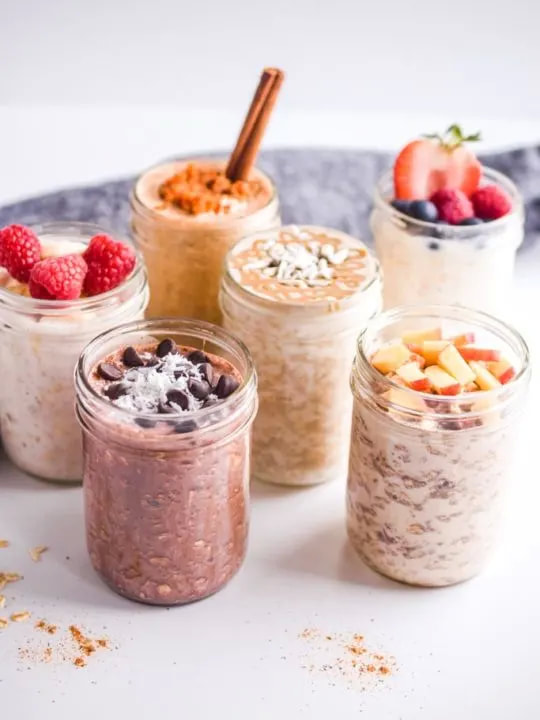
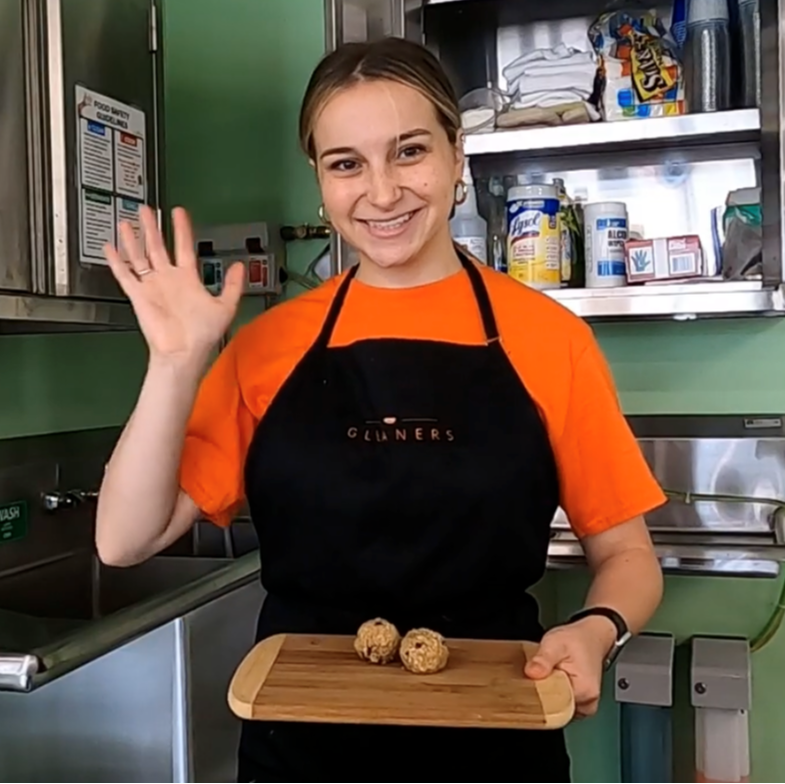

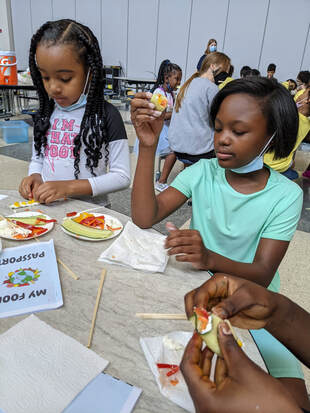

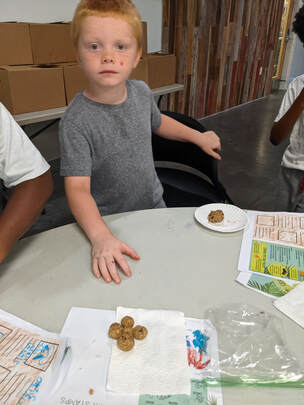
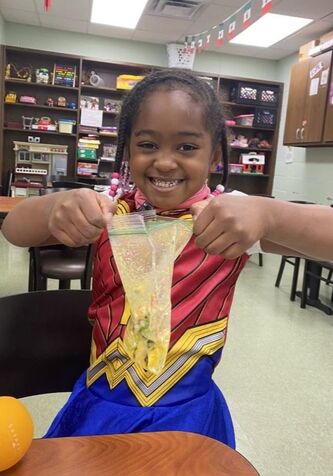
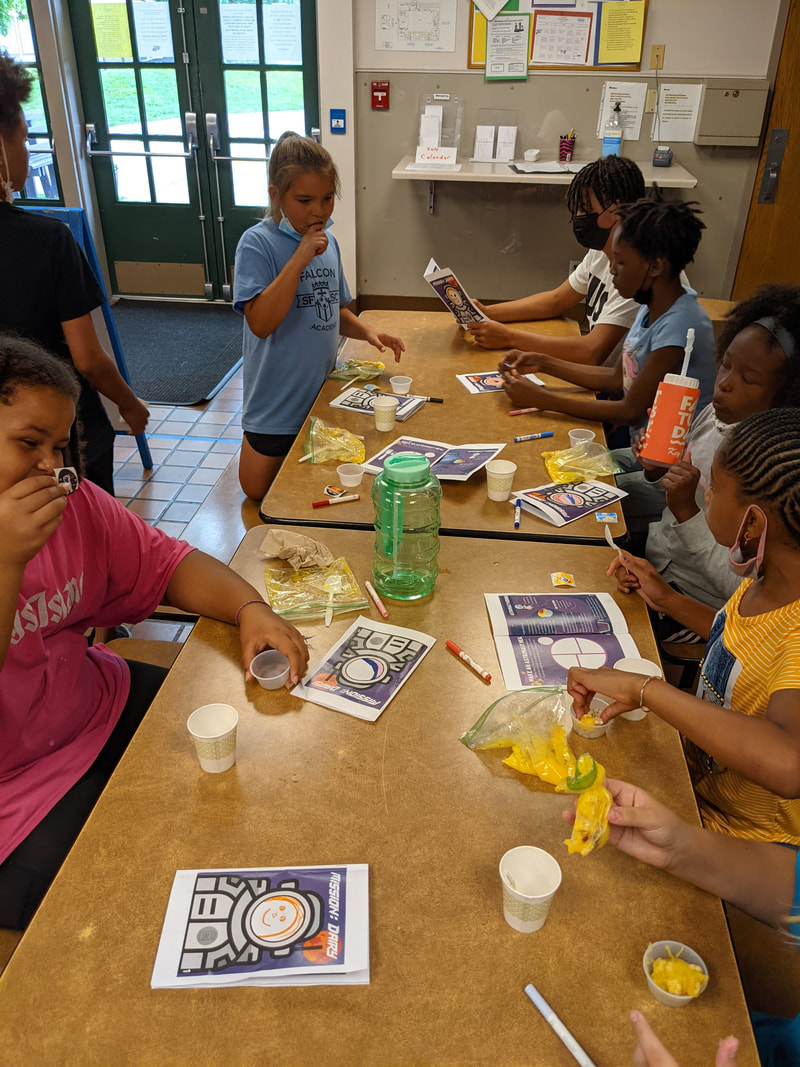
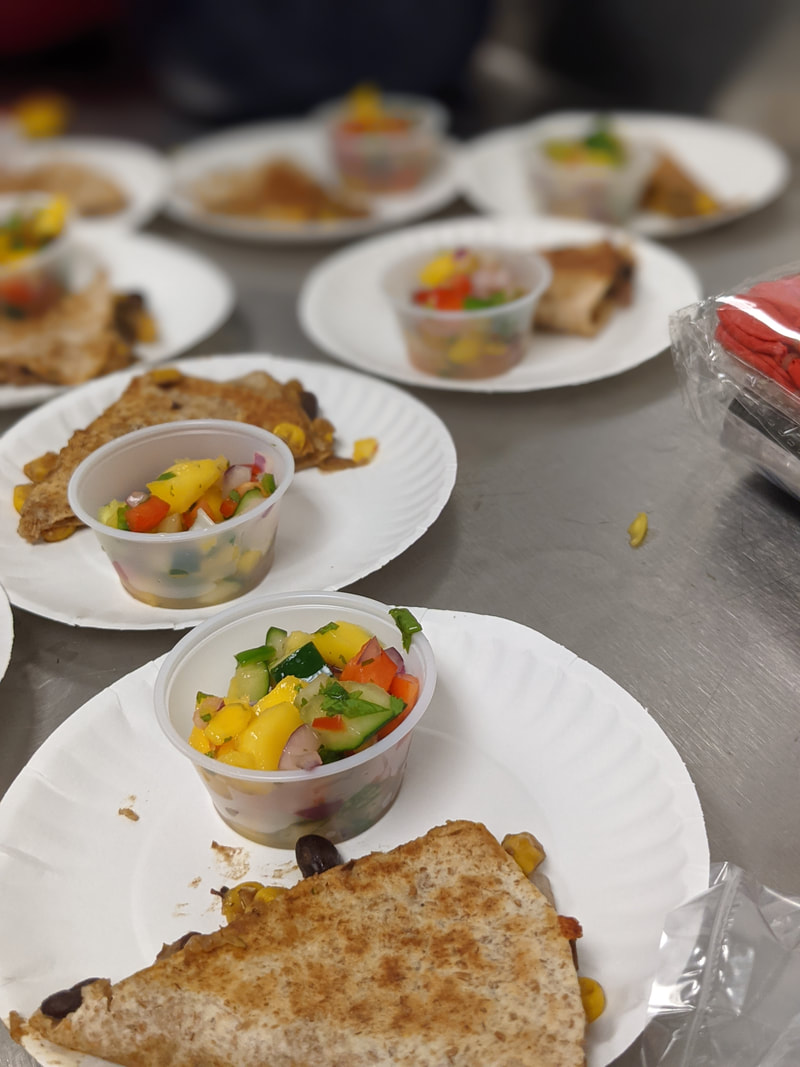
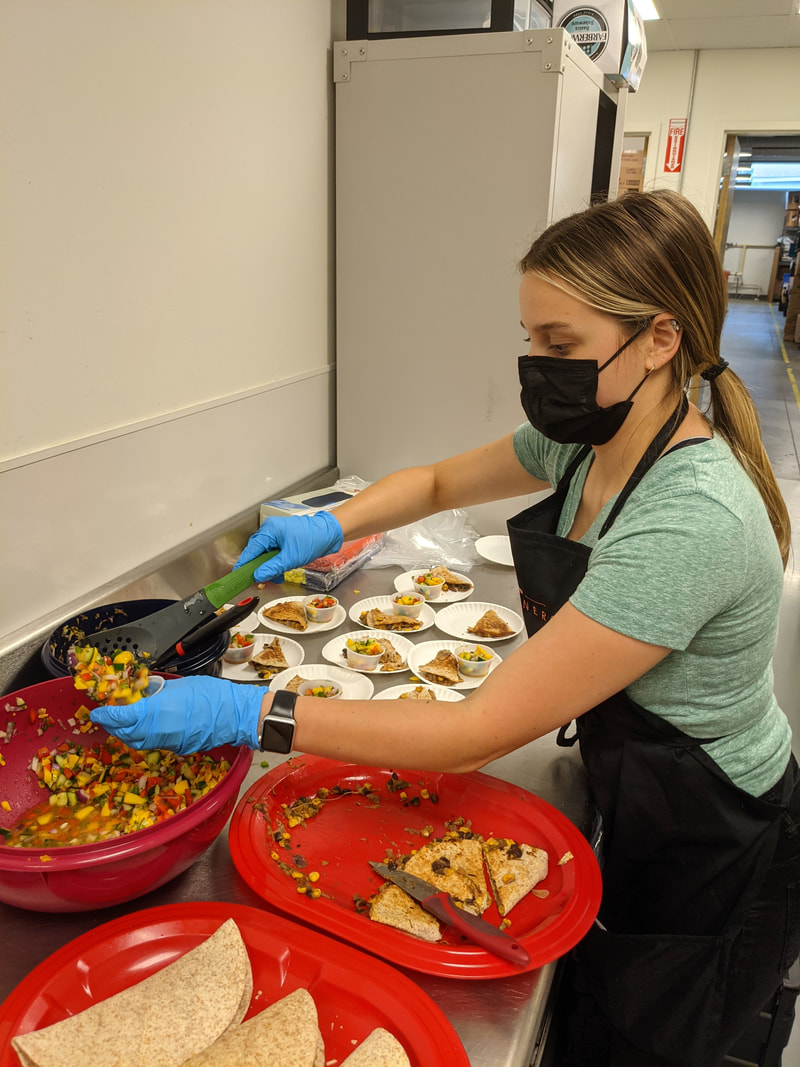
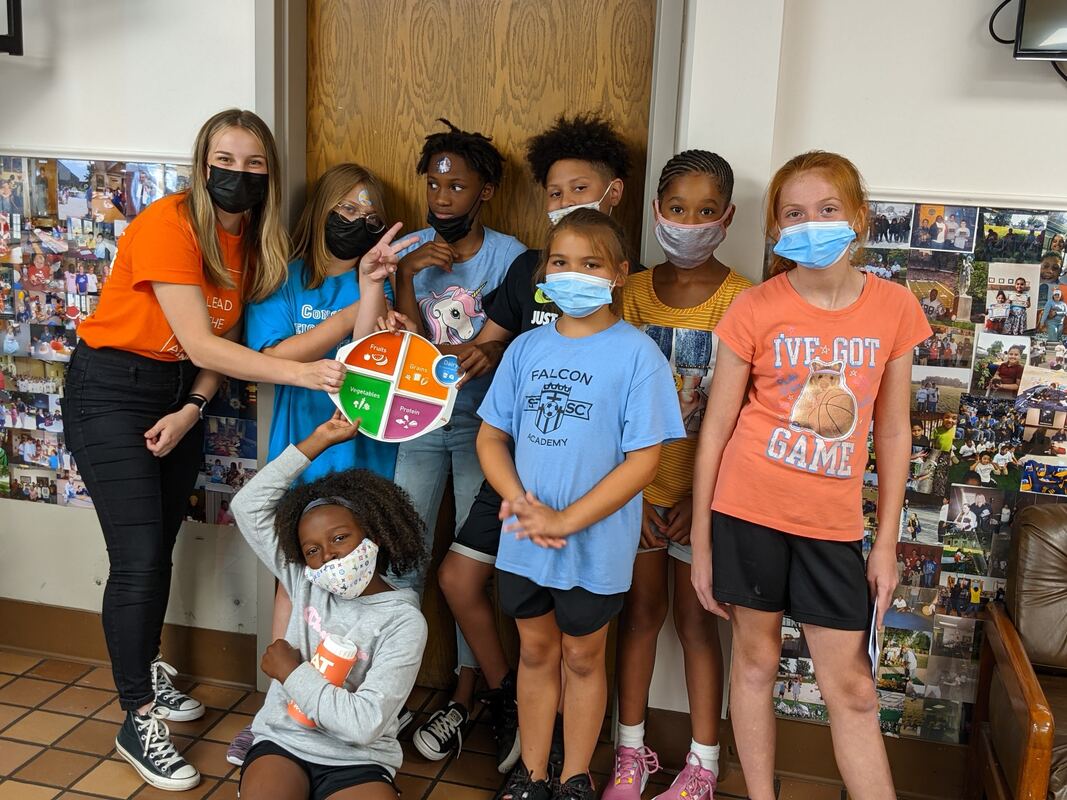
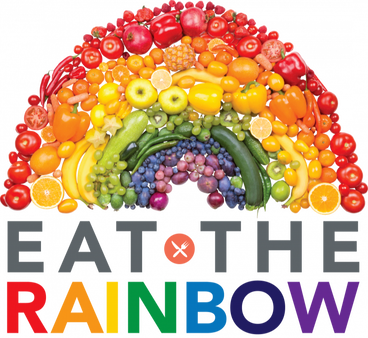
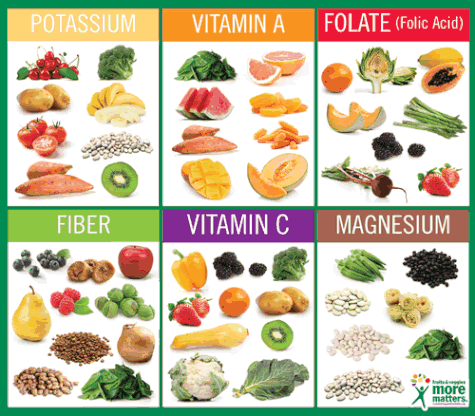
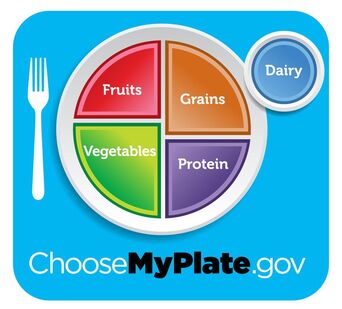

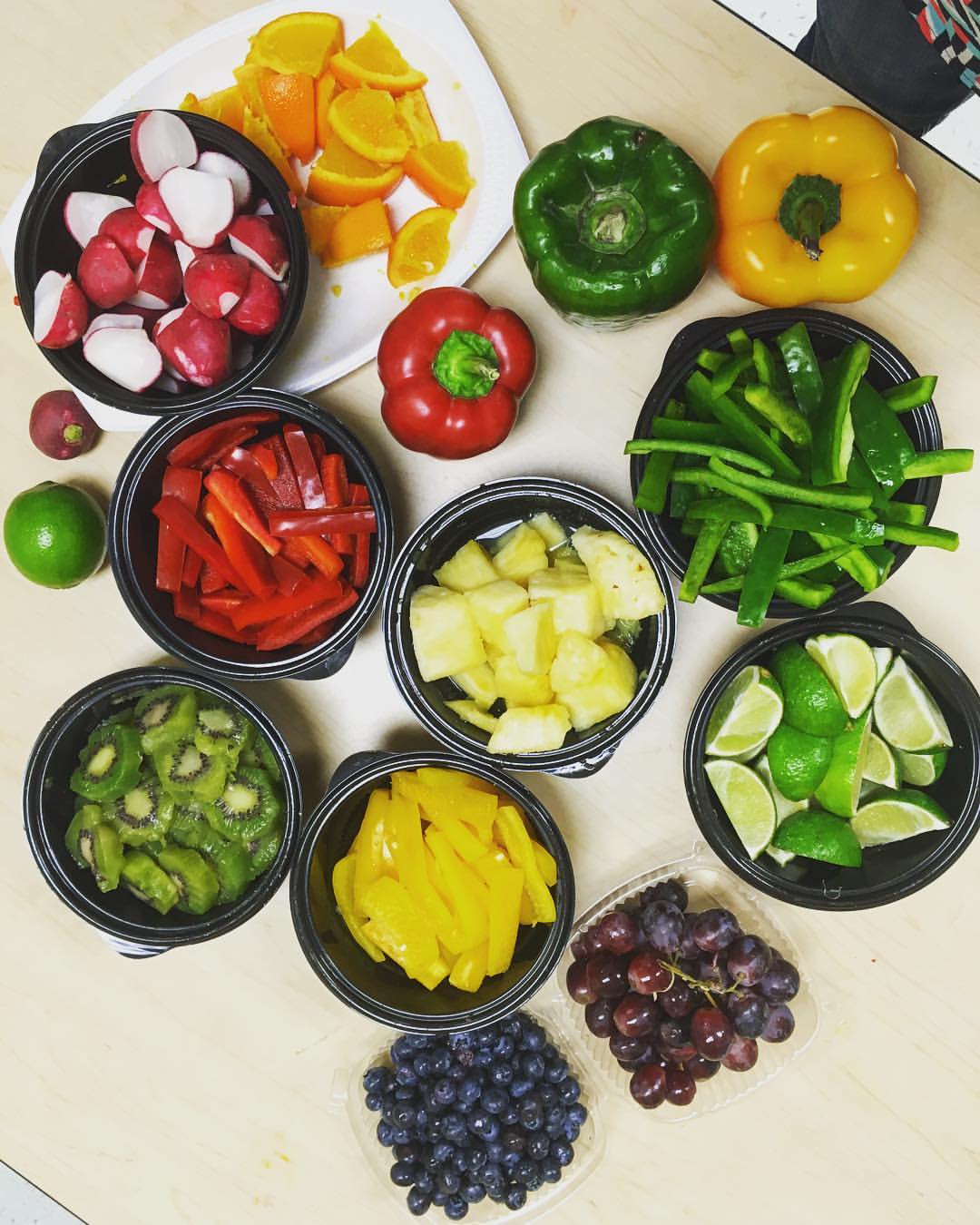
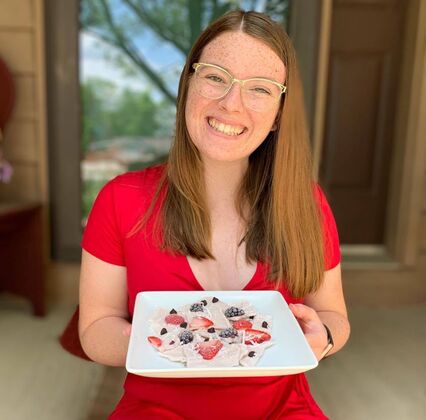
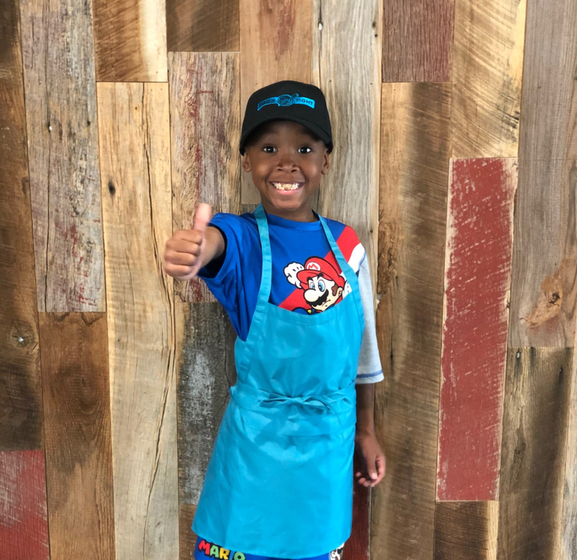
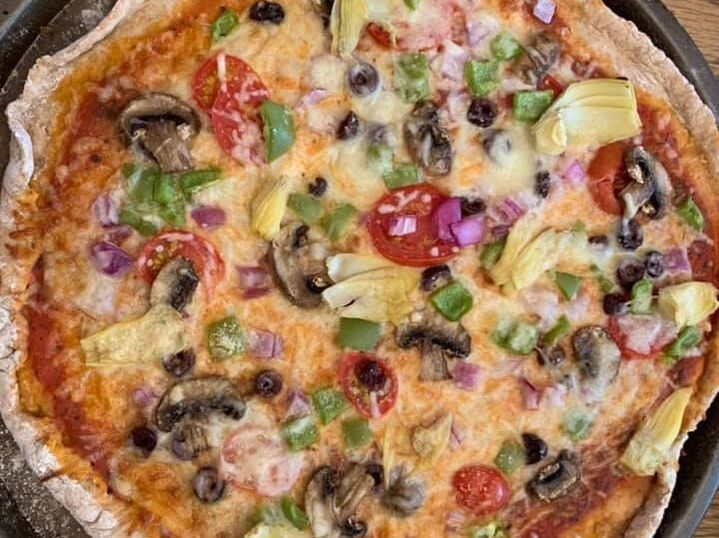
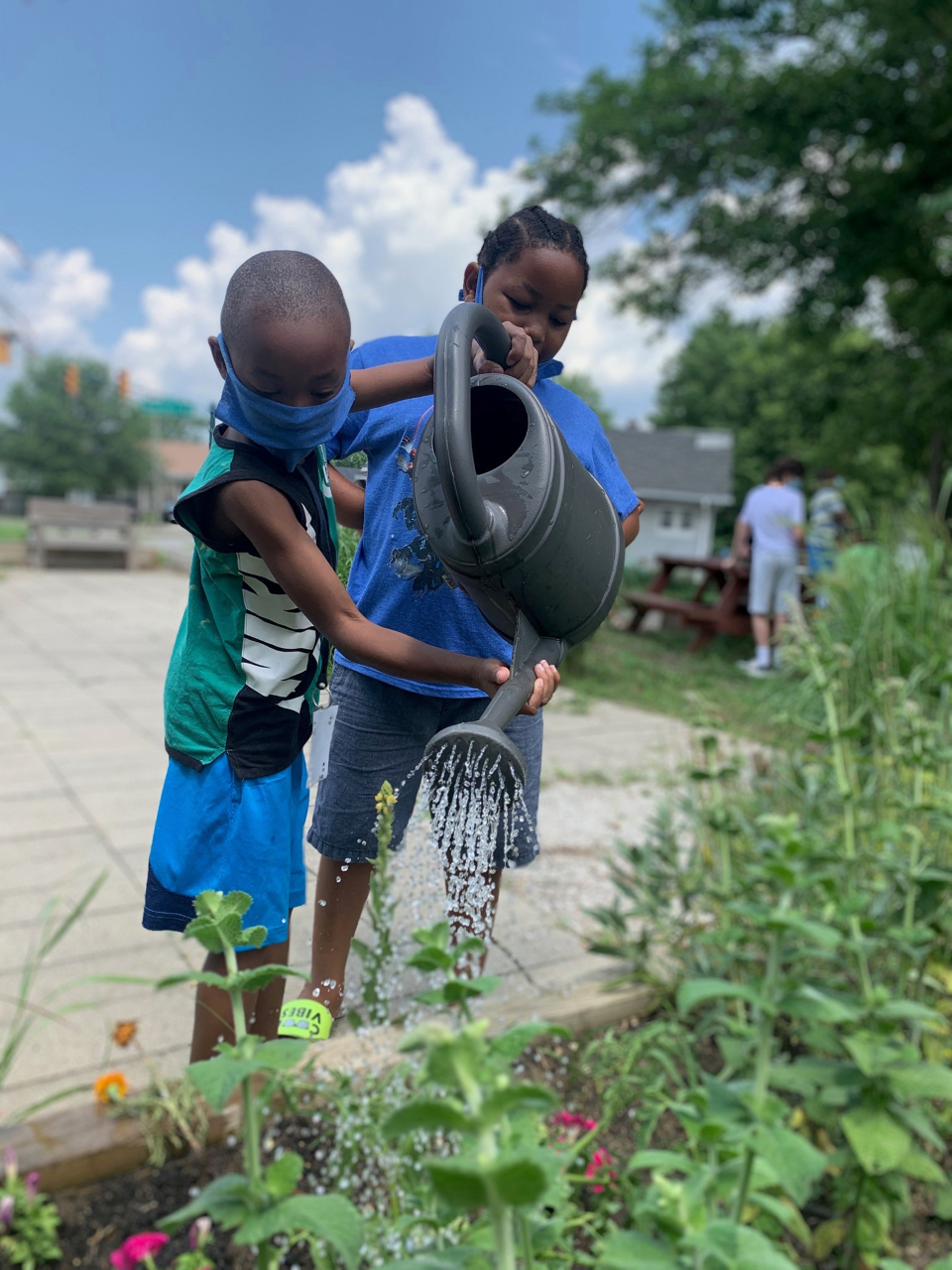
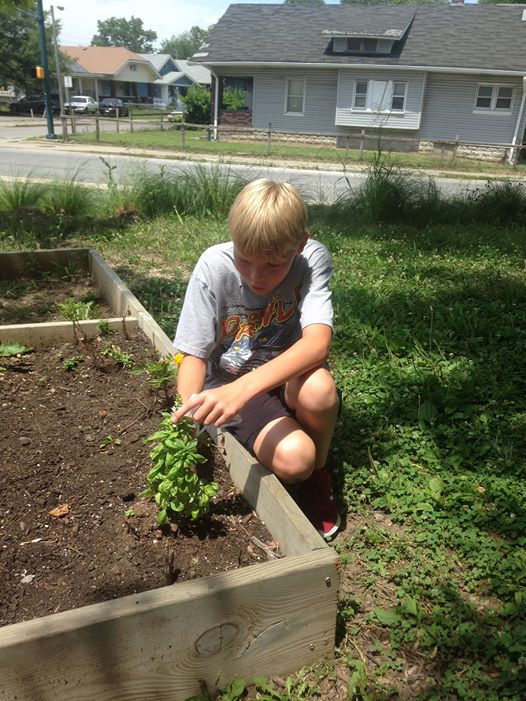
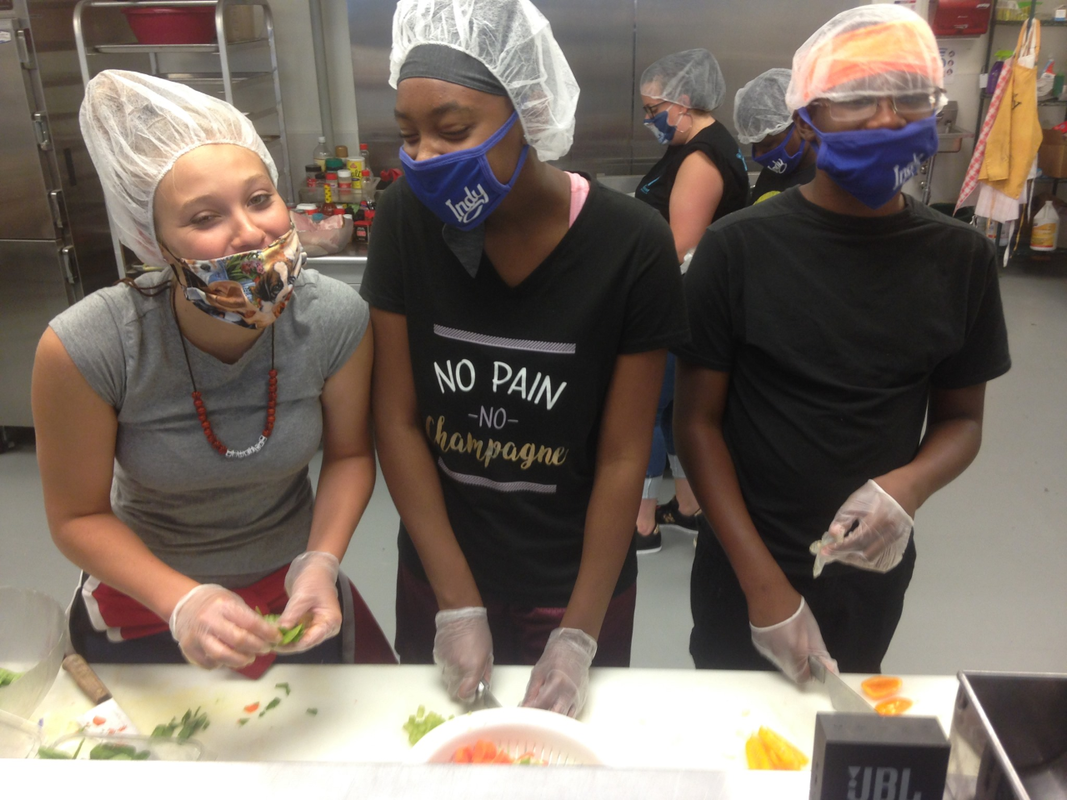
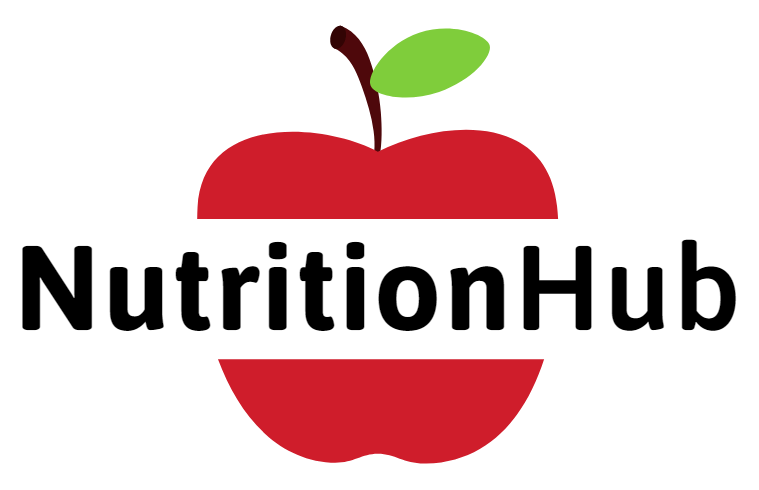
 RSS Feed
RSS Feed